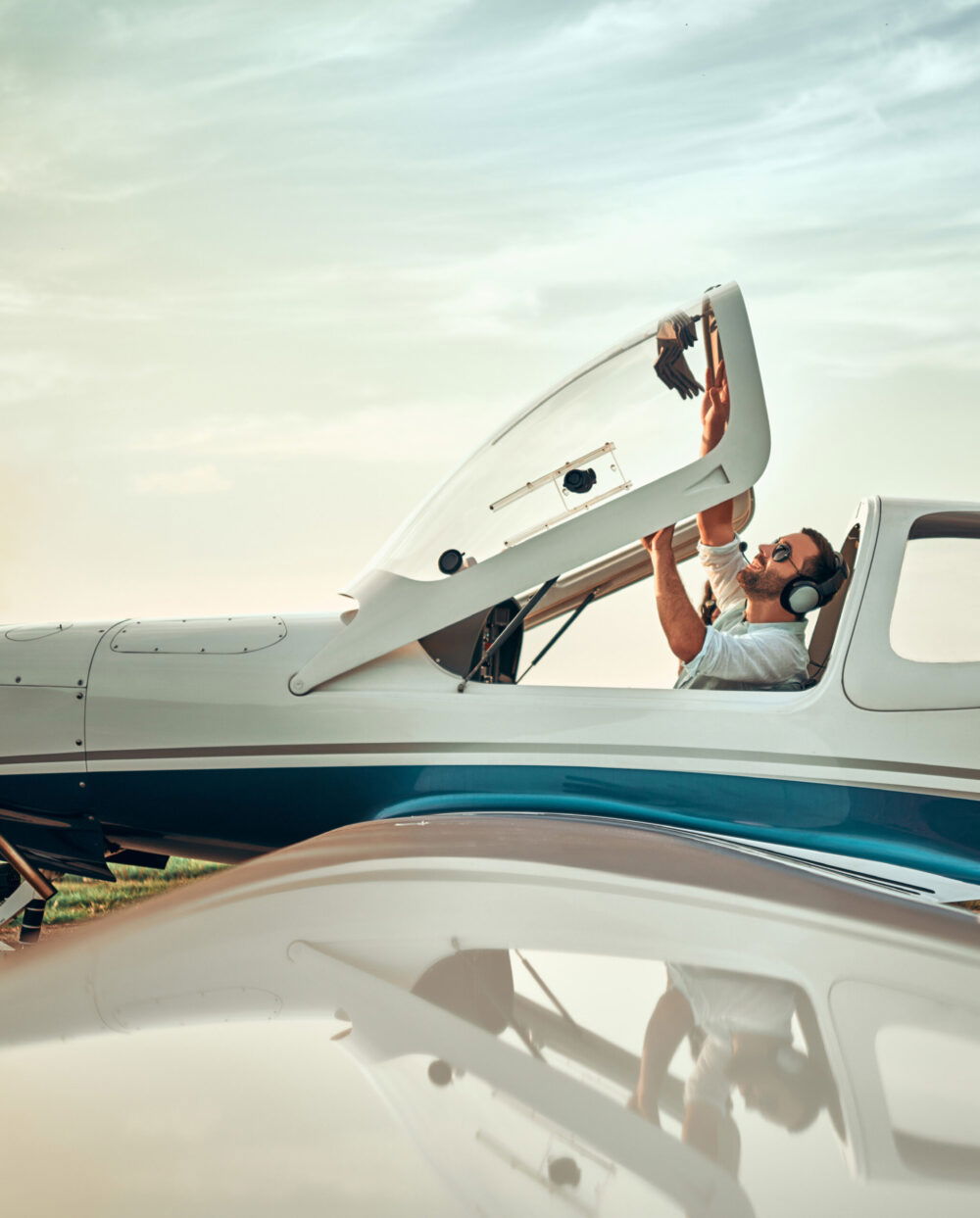It’s been nearly three decades since William Suitor, aka Rocketman, wowed about 2.5 billion viewers around the world when he took off with his rocket belt over the opening ceremonies of the 1984 Olympic games in Los Angeles. And it was around the same time that inventor Glenn Martin, the founder of Martin Aircraft Company out of Christchurch, New Zealand, began working on a concept that has become the Jetpack. The Jetpack recently received approval from New Zealand’s Civil Aviation Authority to begin manned flight-testing.
Pilot James Bowker described his first flight to New Zealand’s One News as a “mixture of scary and just awesome.” The Jetpack has been tested extensively as high as 5,000 feet using remote control and a dummy, but the CAA has limited manned test flights to 20 feet and below over ground and 25 feet over water. The Jetpack is expected to have a 30-minute range and fly at speeds up to 40 knots. With full fuel, which is required with such limited range, the payload is targeted around 220 pounds.
Martin Aircraft claims the Jetpack is safe, with computer controlled flight controls and an autothrottle system. It also has a carbon kevlar roll cage and is equipped with a BRS parachute system. The pilot steps on to a framework and straps the Jetpack on with a harness-like contraption, then controls the aircraft using two joysticks on armrests within the framework.
One 200 hp engine drives two ducted fans that produce enough lift for vertical takeoffs and landings. While Rocketman’s system was powered by hydrogen peroxide, the Martin Jetpack is powered by regular auto fuel mixed with a little bit of two-stroke oil, making it possible to land at a standard gas station to fuel up.
Martin’s CEO Peter Coker said the plan is to have the Jetpack, which Martin Aircraft categorizes as a “class one microlight,” on the market in July of next year. The Jetpack is expected to sell for $150,000 and up, depending on the configuration.
We welcome your comments on flyingmag.com. In order to maintain a respectful environment, we ask that all comments be on-topic, respectful and spam-free. All comments made here are public and may be republished by Flying.




